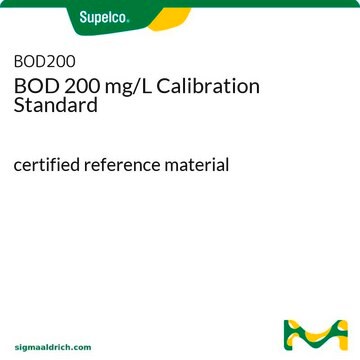32106
Reserpine-(3′,4′,5′-trimethoxy-d9)
VETRANAL®, analytical standard
Sinónimos:
(3β,16β,17α,18β,20α)-11,17-Dimethoxy-18-[[3,4,5-tri(methoxy-d3)benzoyl]oxy]yohimban-16-carboxylic acid methylester
About This Item
Productos recomendados
grado
analytical standard
Nivel de calidad
Línea del producto
VETRANAL®
caducidad
limited shelf life, expiry date on the label
técnicas
HPLC: suitable
gas chromatography (GC): suitable
aplicaciones
forensics and toxicology
pharmaceutical (small molecule)
veterinary
formato
neat
cadena SMILES
[2H]C([2H])([2H])Oc1cc(cc(OC([2H])([2H])[2H])c1OC([2H])([2H])[2H])C(=O)O[C@@H]2C[C@@H]3CN4CCc5c([nH]c6cc(OC)ccc56)[C@H]4C[C@@H]3[C@@H]([C@H]2OC)C(=O)OC
InChI
1S/C33H40N2O9/c1-38-19-7-8-20-21-9-10-35-16-18-13-27(44-32(36)17-11-25(39-2)30(41-4)26(12-17)40-3)31(42-5)28(33(37)43-6)22(18)15-24(35)29(21)34-23(20)14-19/h7-8,11-12,14,18,22,24,27-28,31,34H,9-10,13,15-16H2,1-6H3/t18-,22+,24-,27-,28+,31+/m1/s1/i2D3,3D3,4D3
Clave InChI
QEVHRUUCFGRFIF-QXCASUSISA-N
Descripción general
Aplicación
Información legal
Palabra de señalización
Danger
Frases de peligro
Consejos de prudencia
Clasificaciones de peligro
Acute Tox. 4 Oral - Carc. 2 - Repr. 1A - STOT SE 3
Órganos de actuación
Central nervous system
Código de clase de almacenamiento
6.1C - Combustible acute toxic Cat.3 / toxic compounds or compounds which causing chronic effects
Clase de riesgo para el agua (WGK)
WGK 3
Punto de inflamabilidad (°F)
Not applicable
Punto de inflamabilidad (°C)
Not applicable
Choose from one of the most recent versions:
¿Ya tiene este producto?
Encuentre la documentación para los productos que ha comprado recientemente en la Biblioteca de documentos.
Nuestro equipo de científicos tiene experiencia en todas las áreas de investigación: Ciencias de la vida, Ciencia de los materiales, Síntesis química, Cromatografía, Analítica y muchas otras.
Póngase en contacto con el Servicio técnico







